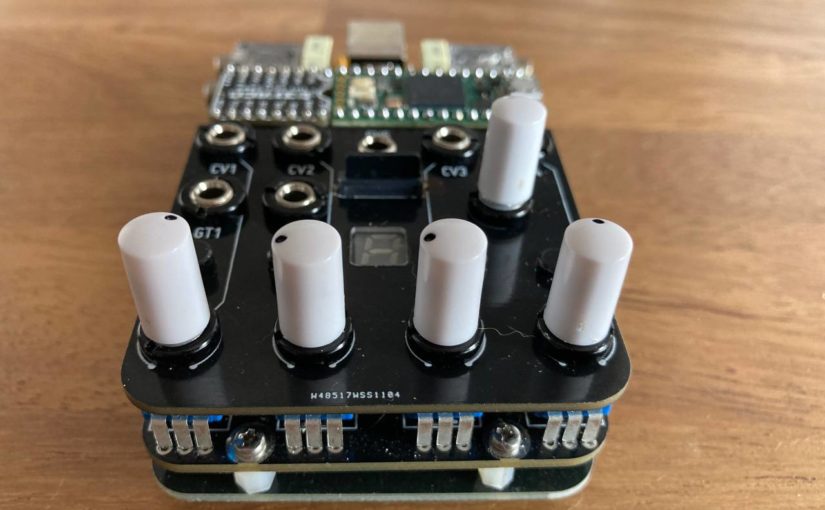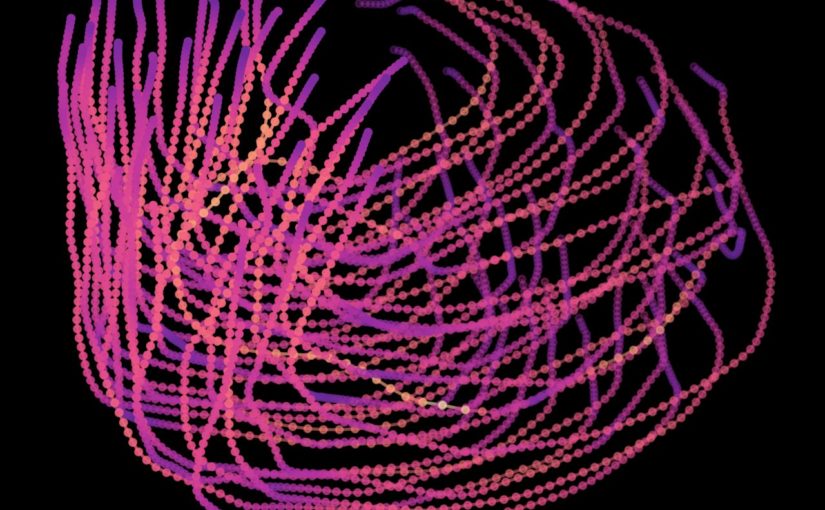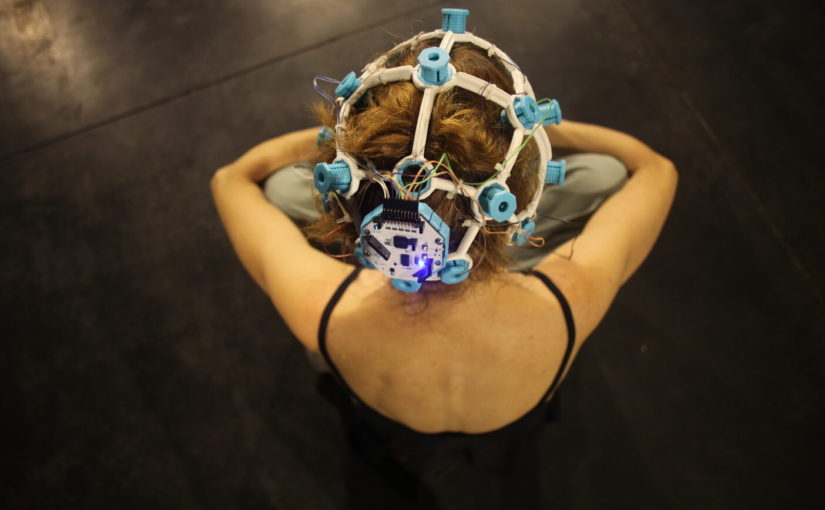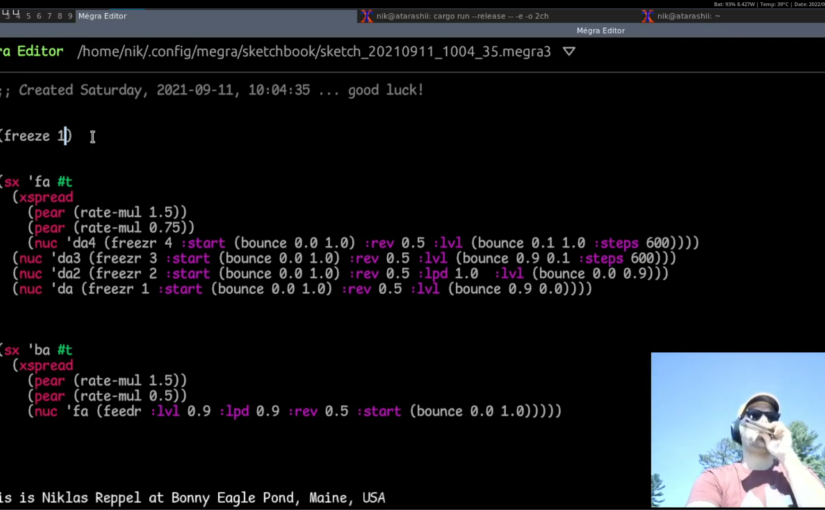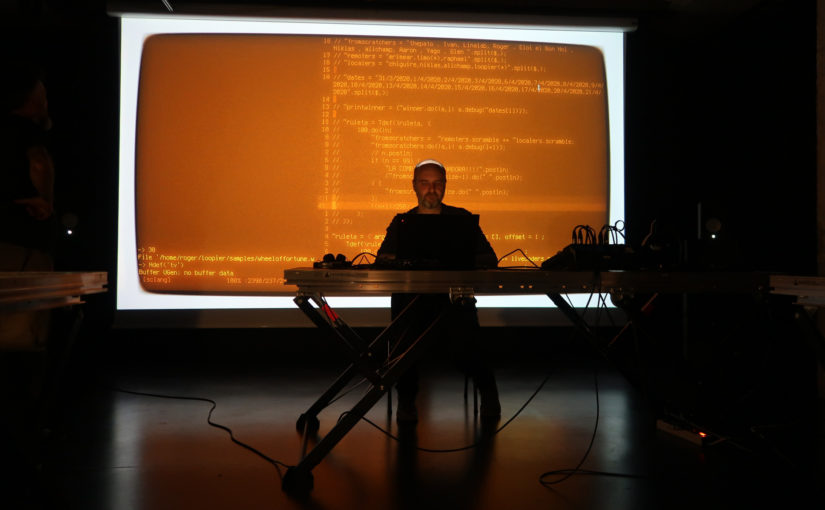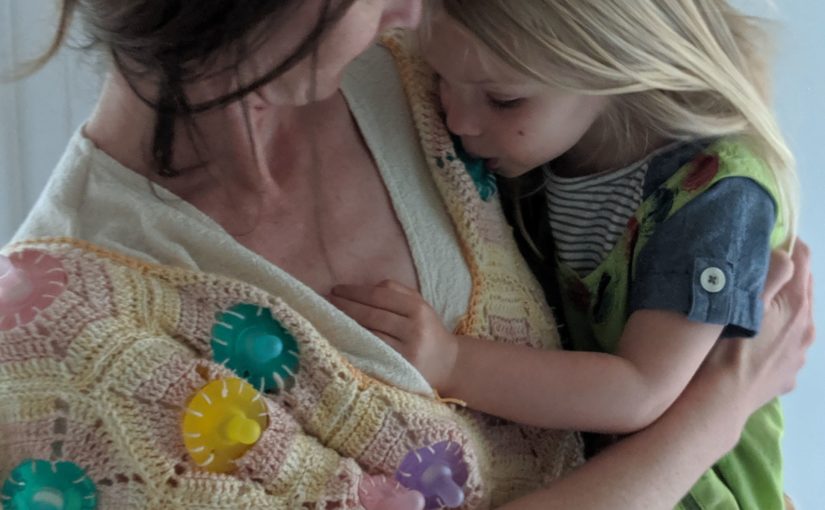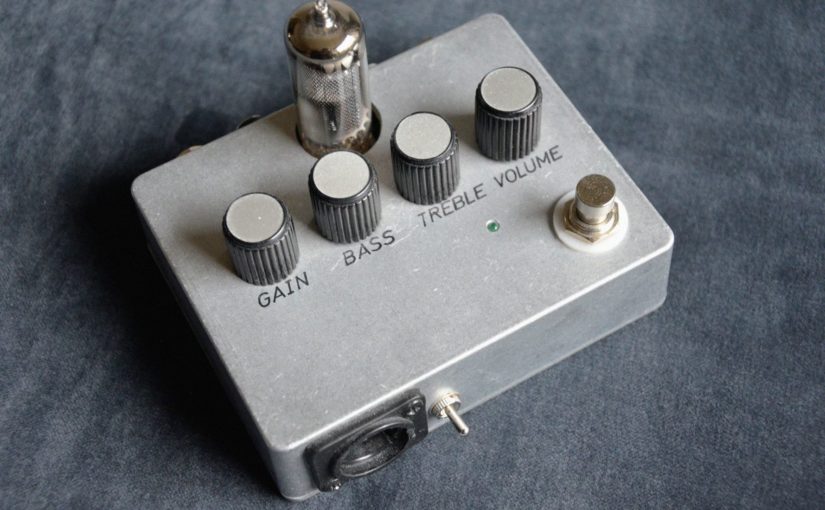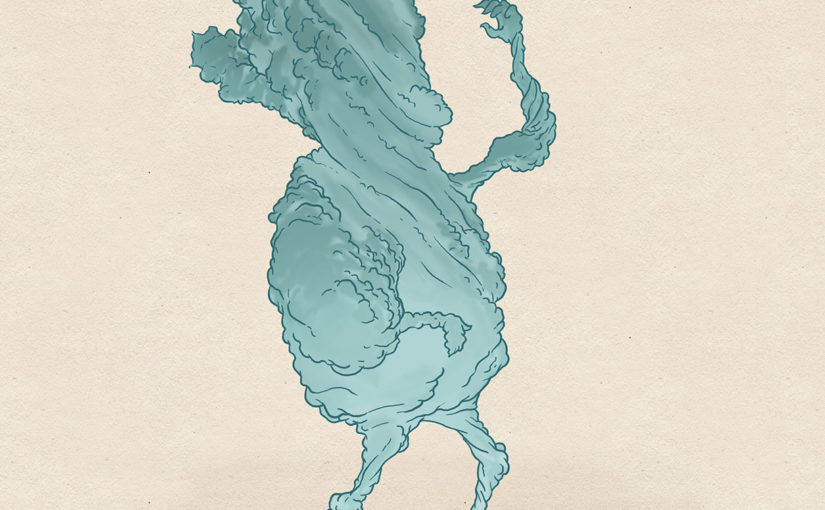“As audio lovers, we enjoy developing sound-making tools, and we feel very lucky to have amazing community-driven tools at our disposal, that enable us to easily learn about creative design,” explain Lina and Manu. “To give back to the community we are constantly learning from, we focus on making our own designs available during workshops to help others build their own sound machines.”
During PIFcamp the pair from Familiar DIY will be working on a new workshop-oriented device: Fantasía!
Fantasía is a device based on Teensyduino audio platform, with stereo audio inputs and outputs, potentiometers, buttons, Gate and CV control, SD card, etc. It can work as a synthesizer, multi-effect, or utility tool with endless possibilities… while being a portable DIY-friendly device. “During PIFcamp we’re going to create some sketches/programs for the Fantasía, test hardware boundaries and make some noise, and we encourage others to create their own too!“
For those who want to contribute to the Fantasía library during PIFcamp, Lina and Manu have prepared some DIY kits with which you can build your own devices, and take them home as a thank you for your contribution. Fantastic!
